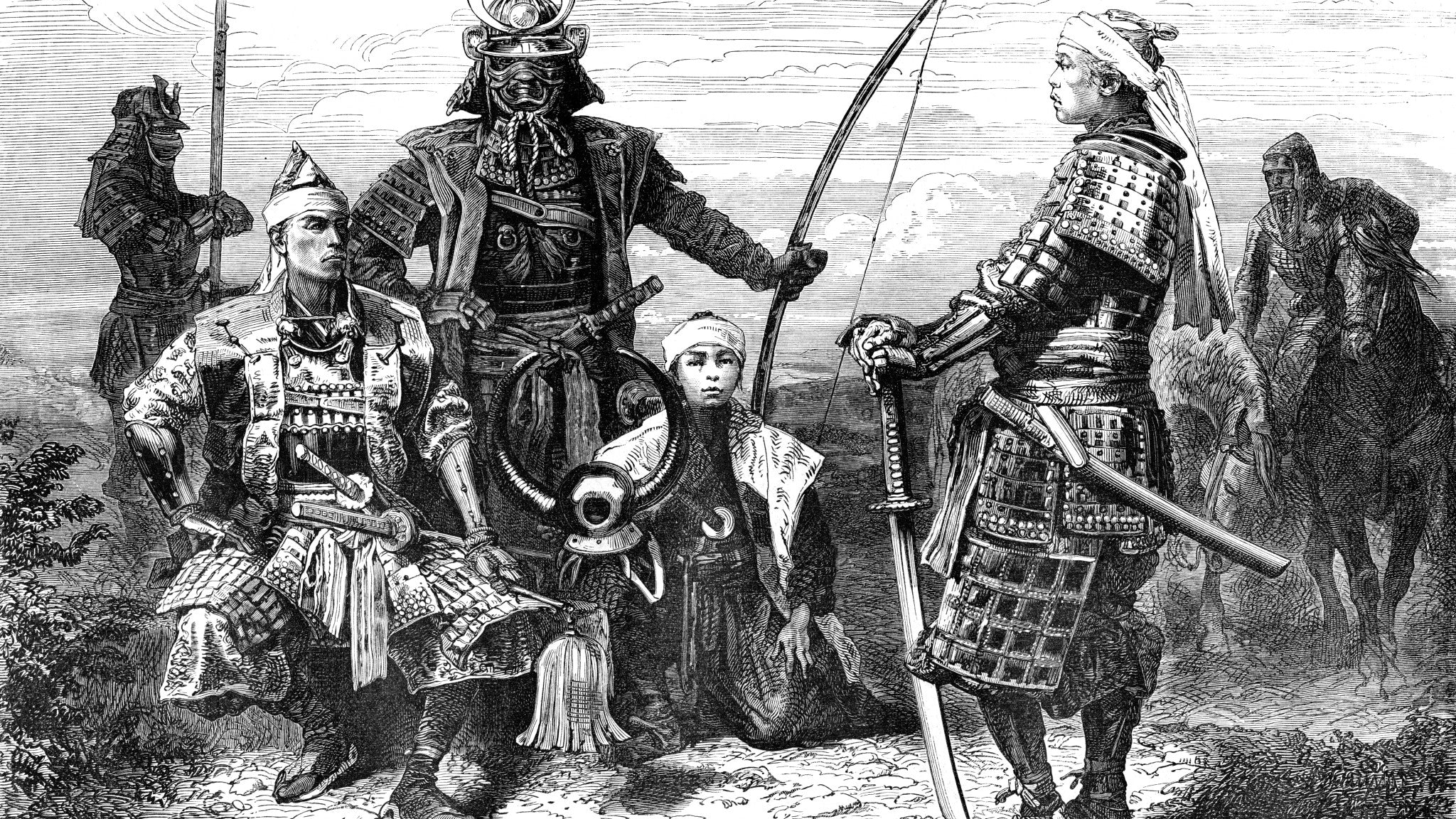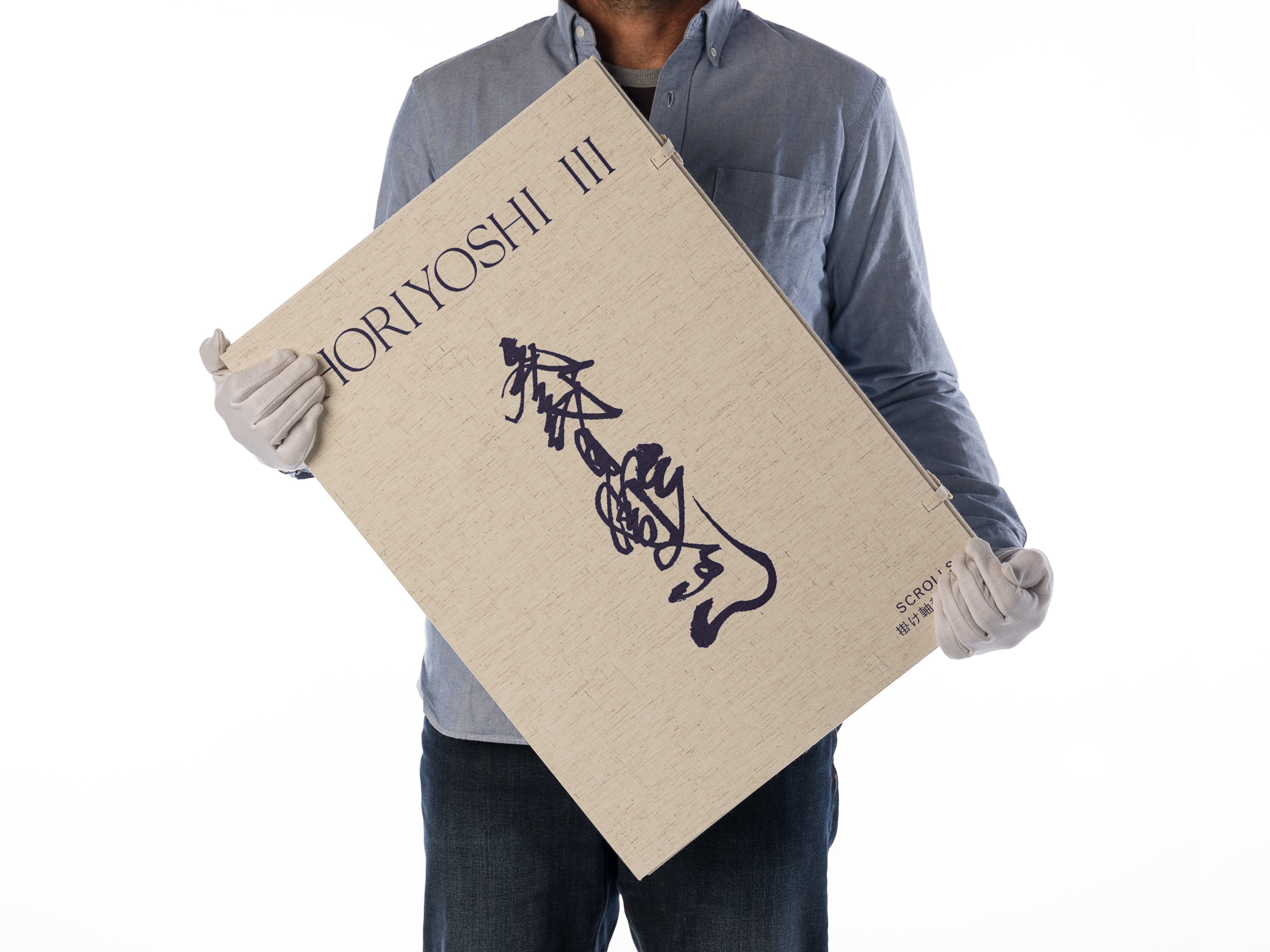Giclée Printing – Everything You Need to Know
Not all print-making is created equal. There are various printing techniques to choose from, and each generates different results, ranging from basic, poor-quality images, to museum-quality prints.
Giclée printing is gaining a lot of popularity among artists, as it delivers ‘fine art’ results with an ink jet printer. It’s also a swift, straightforward process, which adds to its appeal.

Artwork by Danidilatas
Here’s more information about the method, and why it’s ideal for premium tattoo prints.
A brief guide to printing
The word ‘print’ literally refers to any form of artwork (or text) reproduction. Some of the best-known printing techniques include:
- The image is drawn onto glass or metal, then pressed against the paper.
- A greasy substance is worked over the image areas on a flat metal plate (or stone). The ink then sticks to the areas included in the image, and not to the rest.
- Screen prints. Ink is passed through a mesh screen, via a stencil of an image. This then deposits the image on the paper beneath.
While all these methods are still widely used, giclée printing is fast becoming the artist’s technique of choice; particularly among those who want to produce the best tattoo prints.
A history of giclée
The word ‘giclée’ was first used in the 1990s by Jack Duggane (a printmaker), and is pronounced ‘zhee-clays.’ It derives from the French ‘gicleur’, which is a technical term for a jet. ‘Une giclee’ translates as ‘to squirt out’ or ‘to spray’, which is precisely what the ink does during the process.
While it’s true to say that giclée printing is achieved using an ink-jet printer, it’s not the case that all ink-jet printers can create giclée art. Specific types of printer are required, along with the right paper, ink, and a sharp enough resolution.
Why is giclée printing so great?
Most museums, galleries and art retailers prefer giclée. It produces far superior results to other forms of printing, which enables them to deliver a premium quality product to their customers, and also fits with their overall branding.
Giclée images:
- Are a far better replica of the original. With giclée, artists can faithfully replicate colours and detail, which makes the print look virtually as good as the original artwork. This is also helped by the use of archival grade inks and high-quality paper.
- Can be printed on demand. Printing on demand is ideal for any seller that doesn’t want an abundance of stock. With the giclée method, a single copy can be printed extremely quickly, which means customer-demand can be met more effectively.
- Can be up-/ downscaled. Usually, giclée images are printed from a digital file. All it takes to print a copy is to send the file to the ink-jet printer, wait a few moments, and collect the finished image. There’s no need for any special set-up or adjustment of plate settings; it really is that straightforward. This means that the artist can print as many (or as few) copies as they want.

Artwork by Barbara Munster
Creating the perfect print
The hard work starts long before the image is actually printed. The initial stage is the capturing or scanning of the artwork itself, which requires expertise and the right technology. The image must be a high resolution, otherwise the detail and clarity will be lost in the final print.
To provide some idea of the sort of resolution required, an average digital photo is around 72 DPI (dots per inch). By contrast, a giclée print needs to be at least 300 DPI – which is a significant difference.
The artist will also need to ‘proof’ the print before they start a larger print-run. Aspects that need to be checked include:
- Clarity and sharpness of the lines
- Brightness of the colours
- How closely it replicates the original
There are other things to be considered too. Pigment-based inks are superior to dye-based versions, and the printing paper must be a premium quality and able to hold the ink without smudging.
Printing the best tattoo prints at home?
Sadly, giclée printing isn’t a format that lends itself well to home-printing. Unless there’s a sizeable ink-jet printer in the house, plus all the technology required to obtain a high-resolution image, most households are limited to printing out basic quality artwork. The same applies for tattoo artists looking to print their artwork in their studios – quite simply, the right equipment is costly, and isn’t an expense that many can justify.
The good news is that there are many artwork specialists online who produce giclée, museum-quality prints. Look for those that have specialist knowledge of this printing format, not to mention a proven reputation in the industry.

Artwork by Yushi “Horikichi” Takei
What tattoo prints to buy?
There’s a wealth of giclée prints out there, and the question is, what exactly should you be looking for? Here are a few things to take into consideration:
Open vs limited edition
Before investing in any artwork, check whether it’s an open or limited-edition print. Open means that the artist is free to make as many copies as they want. This isn’t necessarily a problem if you’re looking for a great piece of art for your wall, but may be more of an issue if you were looking for a bit more exclusivity.
A limited edition, by contrast, means that the artist will only create a specific number of that print. As a general rule, the lower the number, the more exclusive / valuable the artwork is. Expect to pay more for a limited-edition print, but also anticipate the image holding its value (or even increasing) in the future – something that an open edition is less likely to do.
When a limited edition has sold out, the sealing / creating documents that accompany the print are usually deleted. This is to ensure that they remain unique for the buyers, and cannot be copied at a later date.
Accompanying artwork
If you’re a collector, you may want to invest in more than one piece of a particular artist’s work. When you’re shopping around for the best tattoo prints, for example, examine the artist’s existing art. Is it something you’d like to build a collection of? Collections can be worth more (if you decide to sell further down the line).
Artist credentials
This is certainly important when looking for tattoo prints. What reputation has the artist got? Are they renowned in their field (whether that’s traditional, Japanese or realism)? This will help you to ascertain if the giclée print will hold its value. However, there’s also nothing wrong with buying a piece of artwork simply because you love it – the best art investments are always deeply subjective.
How are the best tattoo prints priced?
Price depends on a number of things; not just whether the printing technique is giclée or not. A good tattoo artist, when putting their prints on sale, thinks about the following:
- The number of copies. If it’s a print-run of 10,000, the retail price will be less per print than if it’s a run of 10. People are willing to pay far more for something that’s extremely limited edition. Artists need to bear in mind that shorter runs are less cost-effective (if they’re paying a third party to produce them); something they have to factor into the final price.
- The paper used. The highest quality paper showcases the giclée print to perfection, but it’s more expensive to buy. As such, the artist will need to charge more for it.
- Size is a major consideration, both for buyers and sellers. A larger print can be sold for more, but is harder to create. A smaller print has less visual impact, but is likely to be cheaper to produce. Many artists choose to offer a range of sizes, to appeal to all budgets and preferences.

Artwork by Luis Valseca
Things to check when buying / selling giclée tattoo prints
When investing in or selling a tattoo print, remember the following:
- A limited-edition print should be properly numbered. The usual format looks something like ‘no.12 of 50’.
- It’s important that the authenticity of a limited-edition giclée print can be proved. This is usually in the form of a certificate or some sort of documentation. Without this proof, the art is immediately worth far less.
- When investing in a high-quality print, that’s exactly what you should expect to receive. Make sure that the paper and inks used are appropriate for the task, and that the image itself is sharp, bright and closely resembles the original.
- As an artist selling work, it’s vital to present the print in a manner that reflects its price-tag. An expensive limited-edition work should be well protected in the post, and may even come in special wrapping or an exclusive package. As a buyer, you should expect to see a good level of presentation if you’ve paid a lot for the artwork.
Giclée – producing the best tattoo prints
Ultimately, if you’re looking for a top-quality print, giclée is the sensible choice. For artists, it enables them to offer customers a product that not only looks great, but feels high-end too. As for investors? Giclée produces more aesthetically appealing artwork, which is more likely to stand the test of time.




Leave a comment
This site is protected by hCaptcha and the hCaptcha Privacy Policy and Terms of Service apply.